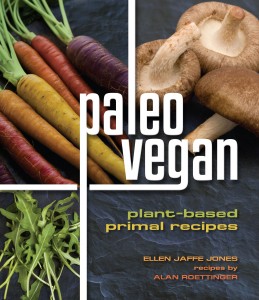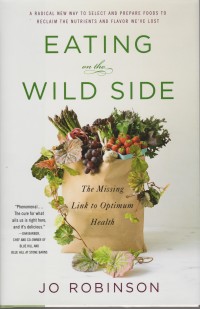 Yesterday there was a news item regarding a dairy cow that began exhibiting the symptoms of “Mad Cow” (shaking, staggering, stumbling, falling). Two things happened very quickly: 1) news stations found an “expert” or two to discuss the occurrence, and 2) the industry reassured the public that this was nothing to worry about.
Yesterday there was a news item regarding a dairy cow that began exhibiting the symptoms of “Mad Cow” (shaking, staggering, stumbling, falling). Two things happened very quickly: 1) news stations found an “expert” or two to discuss the occurrence, and 2) the industry reassured the public that this was nothing to worry about.
It’s actually a fascinating story that reads a bit like a suspense novel. I don’t want to spoil it for you, but I do want to touch on the part that no one is addressing, especially the meat industry and “the authorities.”
In a recap I saw this morning, a talking head first made the point that “no one has ever contracted mad cow in the United States.” The segment had shown a woman who had been stricken with the disease, seen thrashing helplessly in her hospital bed sometime before her inevitable demise (there is no treatment or cure). The guest expert was quick to mention that the unfortunate woman had eaten some infected meat in the U.K., and had then moved to the U.S., not knowing that she had been infected, because (here’s the exciting part) it can take anywhere from six to twelve years from the initial infection to the first symptoms of the disease. Again, the assurance was made that the American meat supply is “safe.”
My immediate question was, “How do they know?” If it takes that long for symptoms to appear, how could anyone be sure? The answer, of course, is obvious: they can’t be sure, and they aren’t. My guess is, they’re engaging in damage control.
I saw this book on the shelf back in 1997–with a much creepier cover–and was intrigued, so I opened it and read the inside flap:
“It lurks in the meat we eat. Undetectable, it incubates for years. It kills by eating holes in people’s brains, so that they stagger and collapse and lose their minds. It’s one hundred percent fatal. And it’s already abroad in America”
As the story unfolds, it becomes clear that there is a connection between a bizarre disease afflicting the cannibals of New Guinea, known as “kuru,” an animal disease afflicting sheep, called “scrapie,” a rare disease afflicting humans, “Creutzfeldt-Jakob,” and “mad cow.” All of the subjects had brains that, when viewed in cross-sections under a microscope, had thousands of little holes, giving them the appearance of a sponge–hence the name, “spongiform encephalopathy.”
What causes mad cow? Well, it’s pretty disgusting, but apparently they had been feeding cattle a protein supplement made from rendering animals parts–bovine carcasses, diseased pets put down at veterinarian clinics, roadkill, you name it–cooked down and formed into little pellets. Essentially, they were turning cows into cannibals, and whatever was affecting the cannibals of New Guinea was now doing the same with cattle. And as with kuru, the disease is transmissible from the dead to the eaters.
Just when you think it’s scary enough, it gets worse. It turns out that the disease agent is not a virus or bacterium, or anything living. It’s a “prion,” a protein fragment that somehow messes with the programming in brain cells. When the cells die off, instead of splitting and leaving a new cell to replace them, they leave only a hole where they once had been. Eventually, you don’t have enough brain left to do the job, so you begin to stagger, shake, lose functions, and die. That’s why it takes so long for observable symptoms to arise, and why there is no cure. You can’t kill this thing, because it isn’t alive. They put a sample in a petri dish and blasted it with hard radiation for a ridiculous length of time and it was unaffected. Read the book; it’s a classic!
Legislation has since been enacted that forbids the feeding of ruminant parts to ruminants (whew!). But there is no law against feeding the same stuff to pigs, or chickens (be afraid, be very afraid!). What a world, huh?
Final note: When you read or hear assurances from the meat industry that everything is fine, and it doesn’t get into the dairy products, and no one has gotten mad cow in America, or, frankly, anything else these people assert, assume it’s exactly what they want you to believe and not necessarily fact. Best advice? Don’t eat animals!







Hey Alan,
This is truly a disgusting story – almost as bad as ‘pink slime’. Glad to see you back posting. Your cookbooks are taking a tour of SB at the moment.
Best,
Niki
The book almost sounds like science fiction, doesn’t it? I read recently of research showing that prions have been found in sheep’s milk, and that there is evidence that scrapie can be passed from ewe to nursing lamb. (Tom Philpott for Mother Jones)